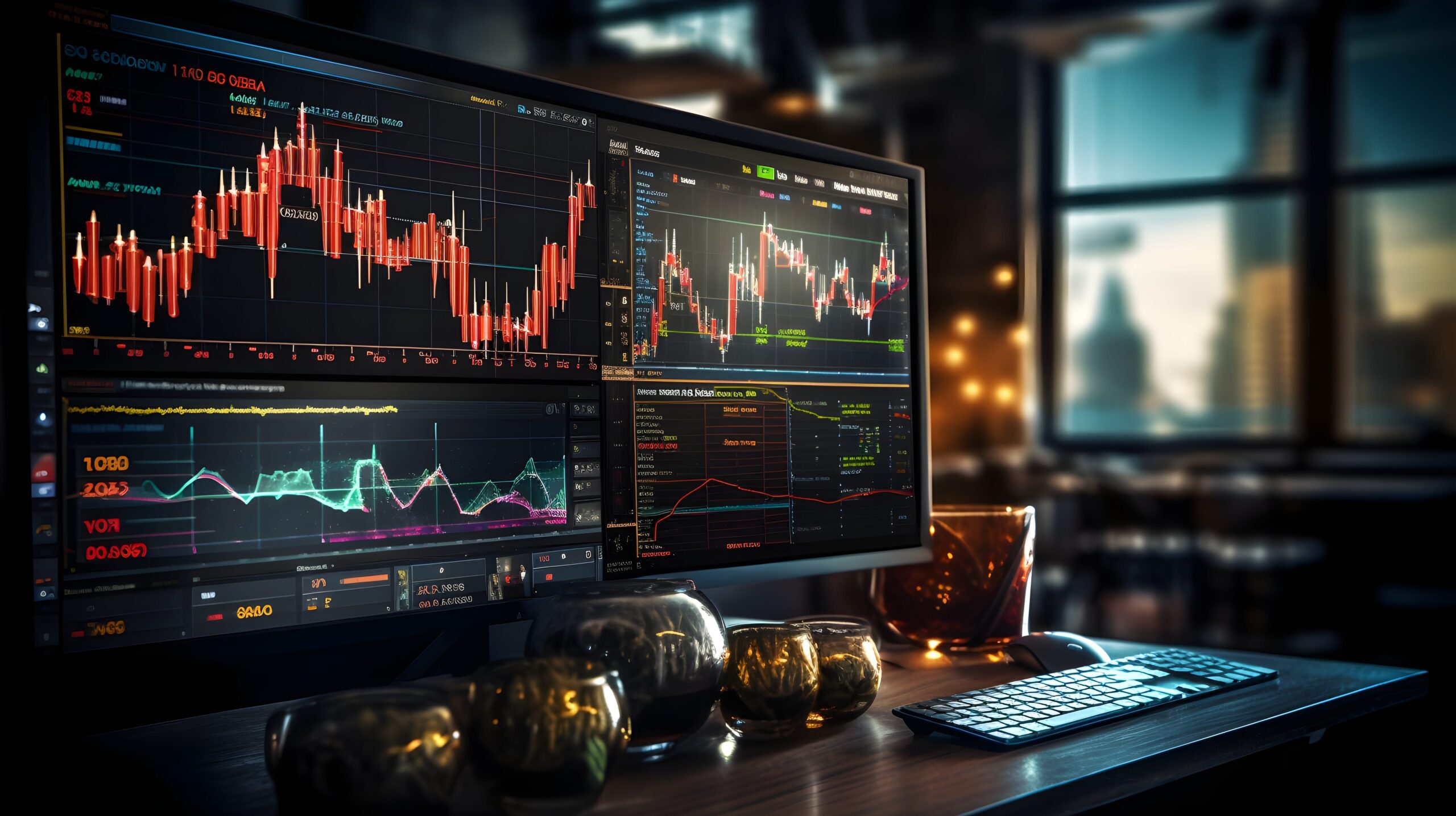The global foreign exchange market—commonly known as forex—is the largest and most liquid financial marketplace in the world. With daily volumes exceeding $7 trillion, this decentralized market draws the attention of institutional investors, corporations, central banks, and individual traders alike. But what exactly is a forex trader, and how does this complex system work?
This article answers the most common questions about forex trading, especially for those new to the world of currency exchange. From understanding the market structure to exploring how forex traders make decisions, you’ll get a complete overview tailored for real-world application.
What is Forex Trading?

At its core, forex trading is the act of exchanging one currency for another with the intention of making a profit. Unlike the stock market, where you buy or sell shares of companies, forex involves trading currency pairs. For example, when trading EUR/USD, you are speculating on whether the euro will strengthen or weaken against the US dollar.
In simple terms, if you believe the euro will rise in value, you would buy EUR/USD. If you expect the euro to fall, you would sell. Each price movement—measured in pips—creates opportunities for traders to gain or lose depending on the direction of the trade.
How Does Forex Trading Work?
Forex trading operates on a global network rather than a centralized exchange. Transactions occur over-the-counter (OTC), meaning they are conducted directly between parties through electronic communication networks (ECNs) or via brokers.
A typical forex trade involves:
- Currency pairs: Every trade includes a base currency and a quote currency.
- Bid and ask price: The bid is the price buyers are willing to pay; the ask is what sellers want in return.
- Spread: The difference between the bid and ask is the broker’s fee.
- Leverage: Traders can control larger positions with a smaller capital outlay, increasing both potential gains and risks.
- Lot sizes: A standard lot equals 100,000 units of the base currency. Mini and micro lots are available for smaller trades.
Because the market operates 24 hours a day from Monday to Friday, traders have access to opportunities during Asian, European, and American trading sessions.
Forex Trading For Beginners: Essential Concepts

Getting started in the forex market requires more than just opening an account. Beginners need to understand key principles that drive market behavior:
- Pips and lots: A pip is the smallest unit of price movement, typically 0.0001 for major pairs. Lot size defines the volume of your trade.
- Leverage and margin: Leverage amplifies your position size. Margin is the collateral required to open and maintain a trade.
- Types of orders: Market orders execute at the current price. Limit and stop orders let you enter or exit at predefined levels.
- Volatility: Currency values fluctuate due to economic data, geopolitical tension, or central bank decisions. Volatility can create both opportunity and risk.
- Demo accounts: Practicing with virtual money allows beginners to develop strategies without financial risk.
Understanding these basics is crucial for building a sustainable trading journey.
Types of Forex Traders
Forex traders can be classified by their trading style or time horizon:
- Scalpers: Aim for small profits on multiple trades per day. Positions last seconds to minutes.
- Day traders: Open and close positions within the same day, avoiding overnight risks.
- Swing traders: Hold trades for several days to capture medium-term trends.
- Position traders: Maintain positions for weeks or months, often relying on fundamental analysis.
Each style demands a different level of time commitment, analysis, and risk management.
Major vs Minor vs Exotic Currency Pairs
In forex, currencies are traded in pairs, grouped into three categories:
- Major pairs: Include USD and other heavily traded currencies like EUR/USD, GBP/USD, and USD/JPY. They offer high liquidity and tight spreads.
- Minor pairs: Include currencies like EUR/GBP or AUD/JPY, which don’t involve USD but are still liquid.
- Exotic pairs: Involve a major currency and a currency from a developing economy (e.g., USD/TRY). These pairs often have wider spreads and less liquidity.
Traders usually begin with major pairs because of their predictable behavior and lower transaction costs.
Tools and Analysis Methods Used in Forex
Successful traders rely on various tools and methodologies to make informed decisions:
- Technical analysis: Involves chart patterns, price action, and indicators such as moving averages and RSI.
- Fundamental analysis: Focuses on economic indicators like interest rates, GDP, inflation, and employment data.
- Sentiment analysis: Gauges overall market mood—whether risk-on or risk-off.
- News calendars: Help traders anticipate market-moving events and avoid trading during volatile times.
Combining these methods often leads to a more balanced and informed trading strategy.
Risk Management:
No matter how promising a trade setup looks, managing risk is non-negotiable. Traders who survive long-term pay close attention to:
- Stop-loss orders: Automatically close losing trades at a predetermined level.
- Take-profit orders: Lock in profits once a price target is reached.
- Position sizing: Allocate a fixed percentage of capital per trade (commonly 1–2%).
- Diversification: Avoid putting all funds into one currency pair or strategy.
- Psychological discipline: Emotions like fear and greed can derail even the best plans. Sticking to a clear trading system helps avoid impulsive decisions.
Even the most experienced traders lose trades. The goal is to limit those losses while letting profits run.
Is Forex Trading Profitable?
This is one of the most frequently asked questions, and the honest answer is: it depends.
Forex trading can be profitable, but success is not guaranteed. Many retail traders face challenges due to lack of preparation, unrealistic expectations, or poor risk control. However, traders who take the time to educate themselves, backtest strategies, and stay disciplined can build a profitable track record over time.
Statistics from regulated brokers often show that a significant percentage of retail accounts lose money. This highlights the importance of treating trading as a skill to be developed—not a get-rich-quick scheme.
Why Trade With Sasa Markets?
At Sasa Markets, we believe that informed traders are empowered traders. Whether you’re a beginner or an experienced investor, our platform provides:
- User-friendly interface: Simplified trading experience with powerful tools.
- Demo and live accounts: Practice first, then trade with real funds.
- Tight spreads and low commissions: Transparent and competitive pricing.
- Educational resources: Video tutorials, blog posts, and webinars to help you grow.
- Reliable support: Access our team whenever you need guidance.
Sasa Markets is designed to support your growth, every step of the way.
A forex trader participates in one of the world’s most dynamic financial markets by speculating on the price movements of currencies. While the market offers opportunities, it also carries risk—especially when approached without the right knowledge and strategy.
Understanding what is forex trading, how the system works, and the critical importance of risk management can help you navigate this landscape with greater confidence. Whether you’re interested in short-term profits or long-term investing, Sasa Markets offers the tools and support you need to get started.